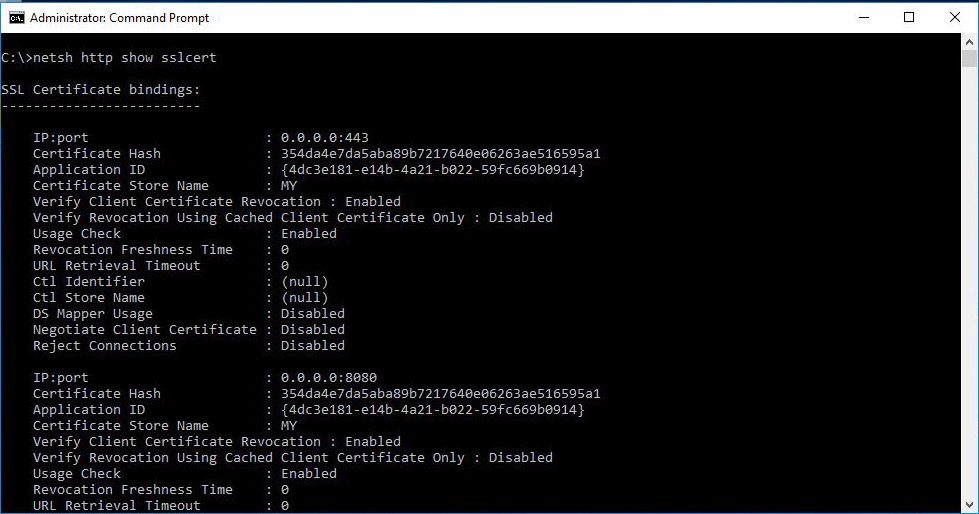Configuring Log and Performance Counter collection on the OMS Workspace
Following the introduction to the Azure Advanced Analytics article where we have provisioned an OMS Workspace and took a quick look on it's settings, we are now going to add the windows logs we would like to collect along with some system performance counters.
To get to the Data settings of the workspace, we are going to use the Advanced Settings option on the main workspace blade. Here, you have to type the name of the log and then click the plus sign in order to add it. As shown below, I've started with the application and system logs that contain very useful information about the system and the applications that may be running on it.
When done adding logs, click the save button to save the configuration.
Now that we have configured the logs to collect, we are going to move on to the performance counters by clicking on "Windows Performance Counters".
The Advanced Analytics team suggests a few counters related to disk, memory, processor and network, so go ahead and add all of them.
To add a counter that's not listed on the above ones, you have to follow a format. The name of the counter should be the name of the listset followed by the instance in parentheses and then and backslash and the name of the counter.
Let's take for example the "% Managed Processor Time (estimated)" counter of the "ASP.NET Applications" set of an Exchange server.
The string to use in order to add all instances of the counter to the workspace would be "ASP.NET Applications(*)\% Managed Processor Time (estimated)". In case we just wanted to add the total processor time and not the individual counters we'd use "ASP.NET Applications(_Total)\% Managed Processor Time (estimated)".
Don't forget to save the configuration by clicking the save button when done adding counters.
We are now ready to configure our first agent!
Related articles
Introduction to Azure Advanced Analytics
Configuring Log and Performance Counter collection on the OMS Workspace
Install and Configure the OMS Windows Agent
Verify the Agent Connectivity to OMS Workspace
Deploying the OMS Windows Agent using DSC
Querying OMS for Performance Data
Querying OMS for Events
Collecting IIS Log Files
Install and Configure the OMS Linux Agent
Syslog Message Collection for OMS from sources that do not support the agent
Generating Alerts on OMS
Update Management using OMS
Monitoring Active Directory Health using OMS
Assessing Security using OMS
Monitoring Microsoft SQL using OMS
Monitoring Azure Activity Log using OMS
To get to the Data settings of the workspace, we are going to use the Advanced Settings option on the main workspace blade. Here, you have to type the name of the log and then click the plus sign in order to add it. As shown below, I've started with the application and system logs that contain very useful information about the system and the applications that may be running on it.
When done adding logs, click the save button to save the configuration.
Now that we have configured the logs to collect, we are going to move on to the performance counters by clicking on "Windows Performance Counters".
The Advanced Analytics team suggests a few counters related to disk, memory, processor and network, so go ahead and add all of them.
To add a counter that's not listed on the above ones, you have to follow a format. The name of the counter should be the name of the listset followed by the instance in parentheses and then and backslash and the name of the counter.
Let's take for example the "% Managed Processor Time (estimated)" counter of the "ASP.NET Applications" set of an Exchange server.
The string to use in order to add all instances of the counter to the workspace would be "ASP.NET Applications(*)\% Managed Processor Time (estimated)". In case we just wanted to add the total processor time and not the individual counters we'd use "ASP.NET Applications(_Total)\% Managed Processor Time (estimated)".
Don't forget to save the configuration by clicking the save button when done adding counters.
We are now ready to configure our first agent!
Related articles
Introduction to Azure Advanced Analytics
Configuring Log and Performance Counter collection on the OMS Workspace
Install and Configure the OMS Windows Agent
Verify the Agent Connectivity to OMS Workspace
Deploying the OMS Windows Agent using DSC
Querying OMS for Performance Data
Querying OMS for Events
Collecting IIS Log Files
Install and Configure the OMS Linux Agent
Syslog Message Collection for OMS from sources that do not support the agent
Generating Alerts on OMS
Update Management using OMS
Monitoring Active Directory Health using OMS
Assessing Security using OMS
Monitoring Microsoft SQL using OMS
Monitoring Azure Activity Log using OMS





